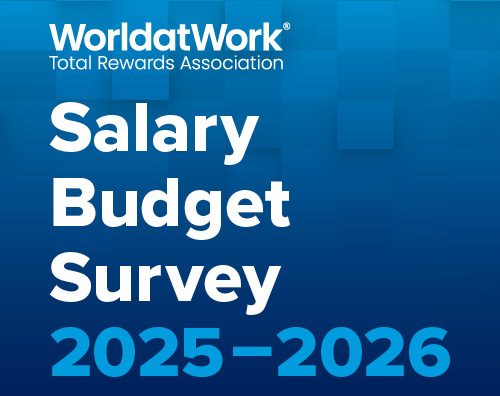We’ve done your Research for you
Drawing on rock-solid methodologies and deep connections within the employer community, we gather data from practitioners around the globe and deliver them to you, clearly and concisely.
We are recognized worldwide as the experts in workplace rewards research, with more than 50 years of research data from which to draw.

No Results Found
Exit Search
Filter by {{categoryLabel(false)}}
Clear
Exit Search
Found {{ all_data.searchModel.globalIndexResults.totalCount }} results
{{ item.document.displayContentType }}
{{ getFormatedDate(item.document.issuedDate) }}
Research
Featured
Research
2025-2026 Salary Budget Survey
Design competitive compensation plans that attract and retain high-performing employees with data from our 52nd annual Salary Budget Survey

{{ articlesTwo.contentType }}
{{ articlesTwo.publishDateString }}
{{ articlesTwo.contentType }}
{{articlesTwo.title}}
Total Widgets = 11
Rendered Widgets = 11
